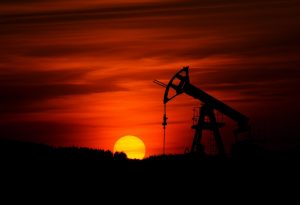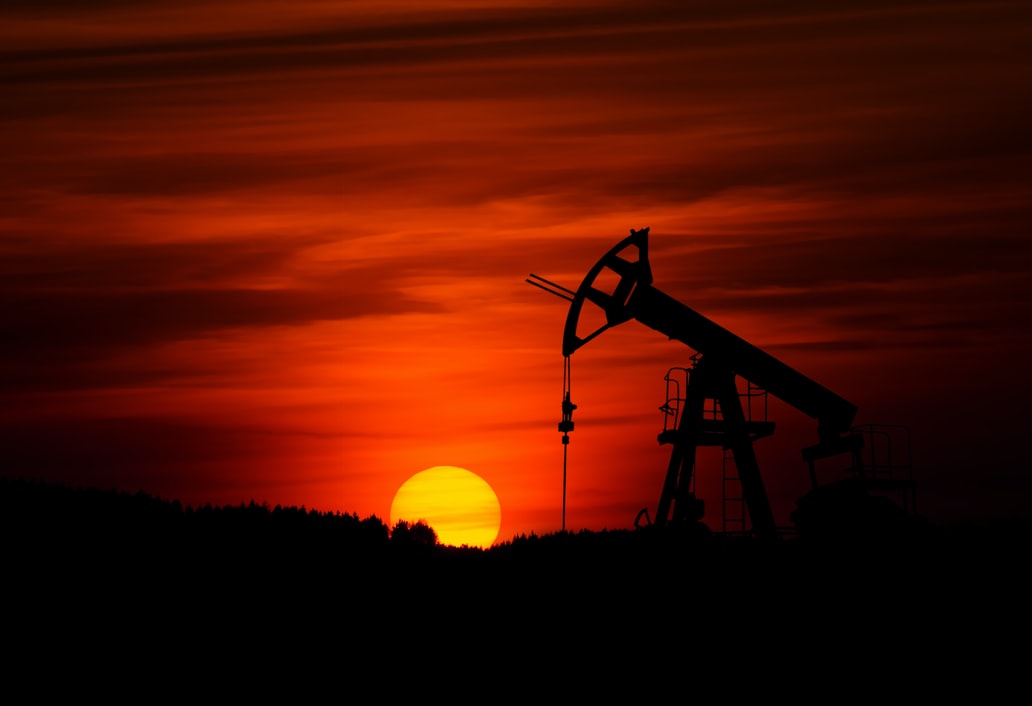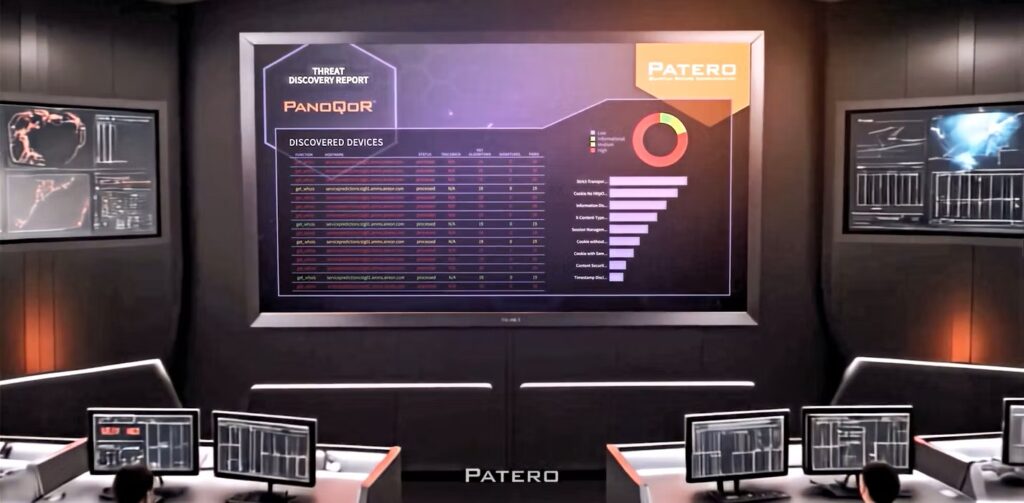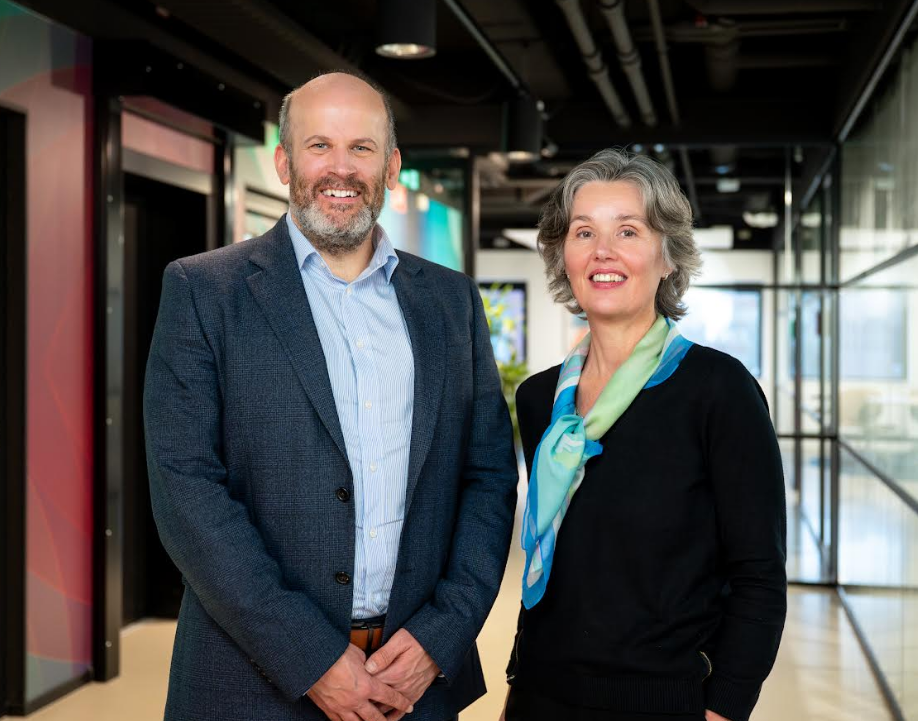
A quantum-enabled gas imaging Lidar camera able to visualise and quantify methane leaks caused by oil and natural gas extraction and use has been developed by QLM Technology Ltd, based in Bristol, according to a company statement.
Supported by BP, National Grid, AMETEK Land, and the UK Government, the camera represents a step-change in measuring emissions of methane, the second most damaging greenhouse gas.
The main obstacle to stopping leaks from well-heads, storage, and distribution sites is not knowing where and when they are happening and how much is escaping. Often, the largest emission events at these sites are unplanned, intermittent releases, and without continuous, in-situ monitoring, emissions measurements by any other means will provide erroneous emissions estimates that can be too high or too low depending on when periodic monitoring takes place. The quantum-enabled camera makes complete and continuous monitoring possible for the first time, identifying and quantifying emissions as they occur.
Although the largest source of methane emissions is agriculture, responsible for around a quarter of all emissions, the second largest source is the energy sector. This includes emissions from coal, oil, natural gas and biofuels.

Murray Reed, CEO of QLM Technology, said: “Whilst the oil and gas majors have pledged to significantly reduce methane emissions in coming years, you can’t manage what you can’t measure; and no-one is measuring methane properly, continuously, and at scale.
“The scale of the problem is enormous, with more than half a million active gas wells in North America alone, 2,000 offshore rigs and nearly 1,000 natural gas storage facilities worldwide.
“In the UK alone, we have 24 pipeline compressor stations, which power long-distance natural gas pipes, and hundreds of above ground storage installations. All are leaking at some time.”
The launch of the quantum camera comes ahead of the UK-hosted UN climate change summit, COP26, in Glasgow. This is expected to set new targets for reducing greenhouse gas emissions and will require accurate monitoring to be enforced. The quantum camera makes this possible.
Quantum technologies exploit the principles of quantum mechanics, which is an understanding of sub-atomic particles, to create advances across industry. QLM’s quantum-enabled gas imaging Lidar camera is one of the first commercially-available products from the £1 billion UK National Quantum Technologies Programme.
As a key part of the Programme, the Commercialising Quantum Technologies Challenge (supported by the Industrial Strategy Challenge Fund) has backed more than 80 businesses, including QLM Technology Ltd. Other ground-breaking products supported by the fund are due to be launched over the next 12 months.
Existing laser-based systems for methane quantification utilise complex and costly mirror arrays to reflect light in to a conventional detector. By contrast, the QLM product uses a quantum single photon avalanche detector (SPAD) which is so sensitive it can detect just a few photons of light and can therefore “see” gas without the need for a mirror.
“With quantum technology, we have effectively made the whole world a mirror. This is a major breakthrough, and unlocks our ability to enable gas operators limit the emission of gases, starting with methane, that are having such a devastating impact on our planet,” said Reed.
The quantum single-photon detection of the camera allows for gas plumes to be detected and measured over large physical distances. The first version of the camera, mounted on a mast, is available for commercial trial this year, and trials involving UAV-mounted cameras are scheduled to begin next year.
In addition to being a significant source of pollution, the energy sector loses more than $30 billion worth of gas annually through accidental methane leaks from well-heads and pipelines.
The growing use of natural gas, which is frequently a by-product of oil extraction, is compounding the problem. Methane is its main constituent, but is only a clean energy source when in storage or burned. If released into the atmosphere, it is 84 times more potent as a greenhouse gas than carbon dioxide.
Scientists have estimated that if just 3.2 percent of all methane gas brought above ground at a well leaks, rather than being burned to generate electricity, natural gas becomes worse for the climate than burning coal.
There is particular concern that the fracking industry is now a major source of uncontrolled methane emissions.*
It was estimated last year that 3.7 per cent of methane produced by fracking for oil in one area of Texas and New Mexico alone, the Permian basin, is being emitted, unburned, into the atmosphere.
If you found this article to be informative, you can explore more current quantum news here, exclusives, interviews, and podcasts.


















